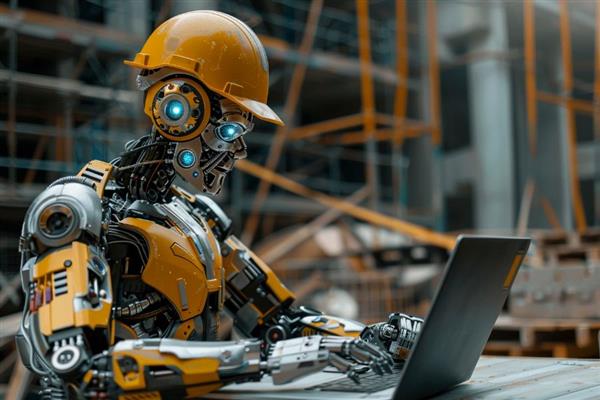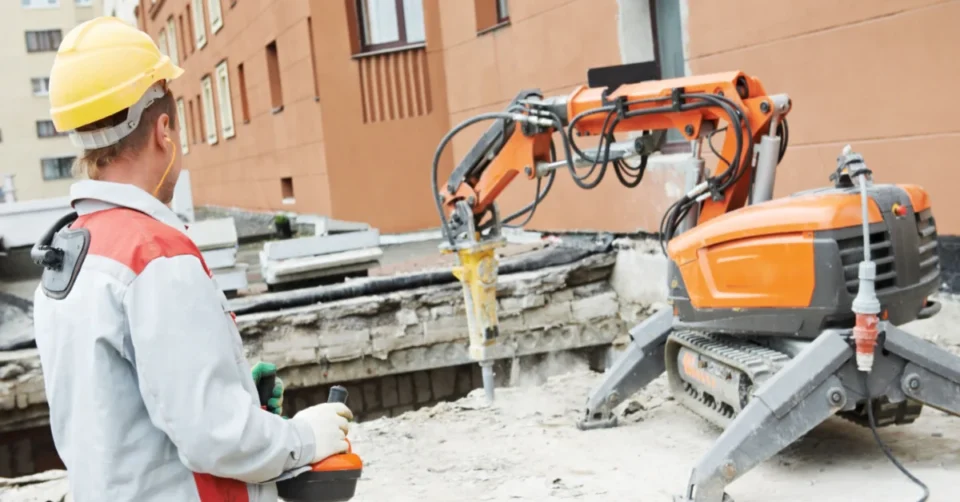Workplace safety is paramount, yet adhering to complex and ever-evolving regulations can be a significant challenge for businesses. Traditional methods often rely on manual audits, paper-based record-keeping, and employee training sessions. These processes are not only time-consuming and resource-intensive but also prone to human error. Oversights, outdated information, or misinterpretations can lead to compliance violations, putting workers at risk and exposing companies to penalties. The sheer volume of data involved, from equipment maintenance logs to employee certifications, makes consistent monitoring a Herculean task, highlighting the need for more efficient solutions. This is where artificial intelligence steps in to revolutionize workplace safety compliance.
AI-Powered Real-Time Monitoring
AI offers a powerful suite of tools to automate and enhance safety compliance. Sophisticated vision systems, powered by machine learning, can be deployed throughout workplaces to monitor adherence to safety protocols in real-time. For example, AI-powered cameras can identify workers who are not wearing personal protective equipment (PPE), flagging potential dangers immediately. Similarly, AI algorithms can analyze sensor data from machines to predict potential malfunctions or unsafe operating conditions, allowing preventative maintenance and avoiding accidents before they occur. This continuous, data-driven approach provides a level of vigilance that is impossible with traditional human oversight. Choosing the best ai workplace safety insights is essential here.
Automating Documentation and Record-Keeping
Beyond real-time monitoring, AI can significantly streamline documentation and record-keeping processes associated with safety compliance. AI algorithms can automatically generate and update safety reports, track employee training certifications, and manage equipment maintenance schedules. This reduces the administrative burden on safety managers, freeing them to focus on proactive risk assessment and mitigation. AI’s ability to automatically categorize, organize, and analyze large volumes of data ensures that all necessary documentation is accurate, accessible, and up-to-date, reducing the risk of non-compliance due to paperwork errors.

AI-Enhanced Training and Education
Effective training is crucial for ensuring worker safety and adherence to regulations. AI-powered training platforms can personalize learning experiences, tailoring content to individual roles and skill levels. Virtual reality (VR) and augmented reality (AR) simulations, driven by AI, can provide immersive training environments where workers can practice safety procedures in a risk-free setting. AI can also analyze training data to identify areas where further education is needed, enabling companies to proactively address skills gaps and potential safety blind spots, further boosting workplace safety.
Reducing Errors and Maximizing Safety
In conclusion, AI is proving to be a game-changer in workplace safety compliance, by automating numerous processes, from real-time monitoring to record-keeping and training. By reducing the potential for human error, AI helps create safer working environments and helps companies adhere to rigorous standards. As AI technology continues to advance, it’s clear that its integration will become increasingly vital for those committed to protecting their employees. Ultimately, AI makes it easier and more efficient for organizations to maintain a robust safety posture, protecting both the workforce and the business itself.

